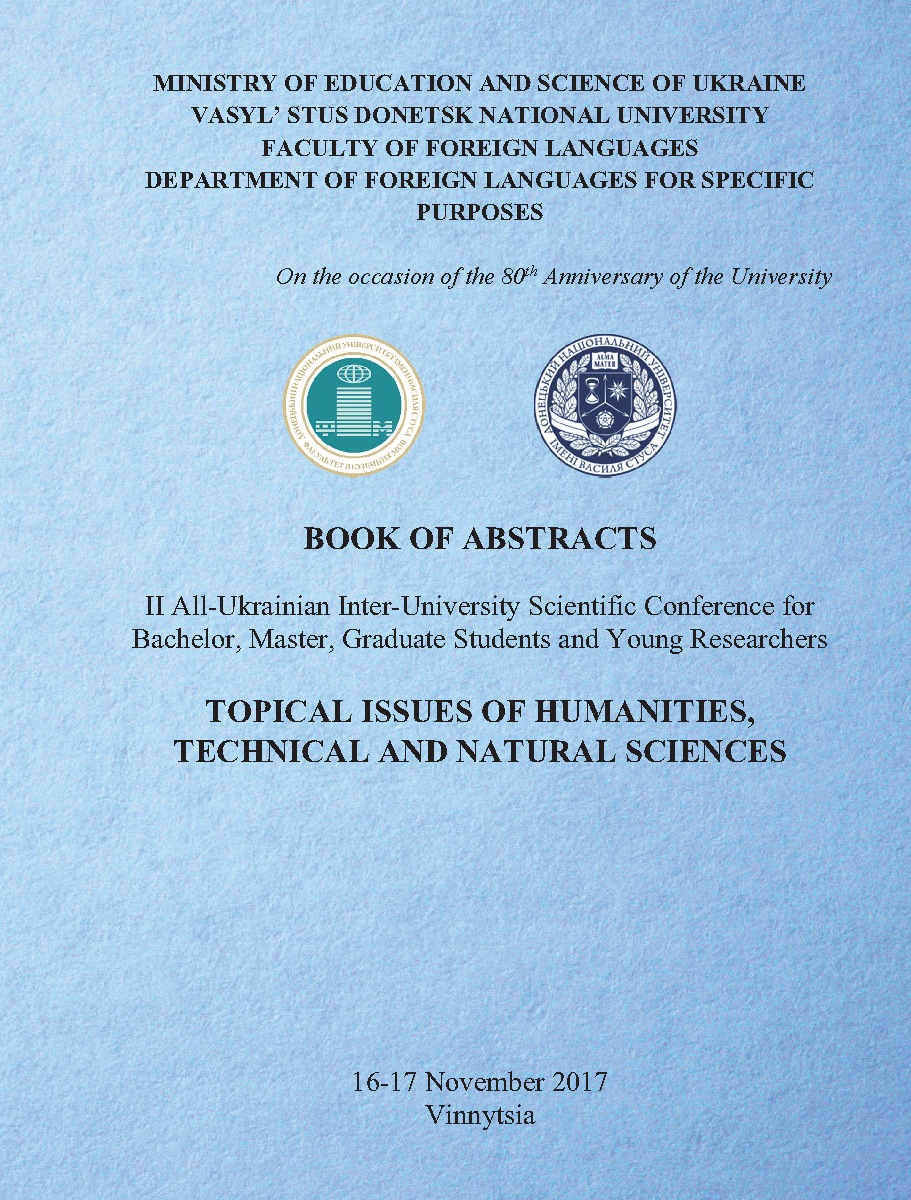The revolution in military affairs.
Abstract
In recent years, weapons technology has leapt forward. Weapons can be delivered with unprecedented precision; surveillance and reconnaissance systems can provide remarkably detailed information about hostile force structures and locations; and a combination of data analysis and distribution systems can allow this information to be rapidly exploited. Most military analysts now agree that advances in military technology require a fundamental reappraisal and revision of operational concepts to ensure that full advantage is taken of them. This combination of technological advances and revisions in operational concepts represents a revolution in military affairs.References
General Rapporteur Ibrügger Lothar, The Revolution in Military Affairs, Special Report. Science and Technology Committee, NATO Parliamentary Assembly [Electronic resource]. November 1998. – Retrieved from: http://www.iwar.org.uk/rma/resources/nato/ar299stc-e.html
McKitrick J., Blackwell J., Littlepage F., Kraus G., Blanchfield R. The Battlefield of the Future – 21st Century Warfare Issues [Electronic resource] // Air University, Chapter 3, p. 1. – Retrieved from: http://www.au.af.mil/au/cpc/assets/battlefield_future.pdf
Col. McLendon James W., «Information Warfare: Impacts and Concerns», «The Battlefield of the Future – 21st Century Warfare Issues» [Electronic resource] / Air University. – Retrieved from: http://www.au.af.mil/au/cpc/assets/battlefield_future.pdf
Rizwan S. «Revolution in Military Affairs» /S. Rizwan // Defence Journal, September 2000, Volume 4, № 2.
Sullivan G.R., Dubik J.M. Land Warfare in the 21st Century / G.R. Sullivan, J.M. Dubik // Strategic Studies Institute, 1993, pp. 33.
Toffler A., Toffler H. War and Anti-War: Survival at the Dawn of the 21st Century / A. Toffler, H. Toffler // Little Brown, & Co. – Boston, 1993. – pp. 302.

